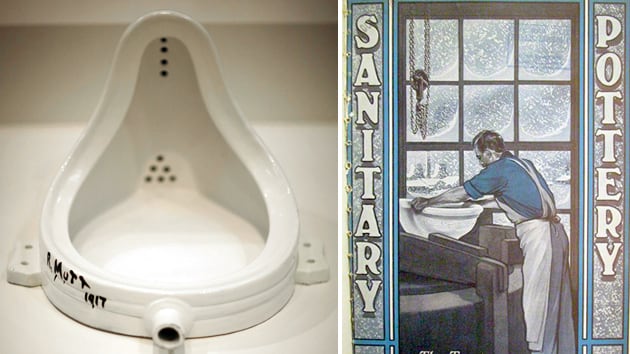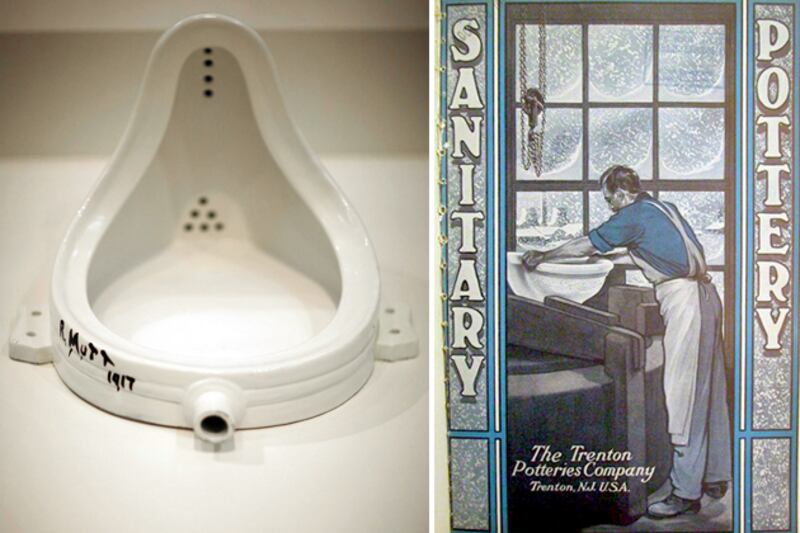
Fountain (left), a urinal that Marcel Duchamp presented as art in 1917, as seen in a 2008 exhibition at Tate Modern in London. To its right is period publicity of the same era that presented ceramic toilets as an elite product of fine craft.
We all know about Duchamp's Fountain, don't we? In 1917, he took a store-bought urinal, crude and mass-produced, and declared it to be a work of elevated fine art. A scholar named Ezra Shales, publishing in an obscure Norwegian journal, says that what we all know is wrong. A trove of period documents reveal that, in the early 20th century, ceramic bathroom fixtures were high-end, hand-crafted objects, pitched as such to a rising middle class. Duchamp's "readymade" wasn't about elevating something humble and banal. It was about taking a novel, handcrafted object with elite connotations and changing the register it worked in. Read more about Shales and his research in my article in TheDailyBeast.com, and click through this slide show to see the vintage imagery that supports it.
—Blake Gopnick
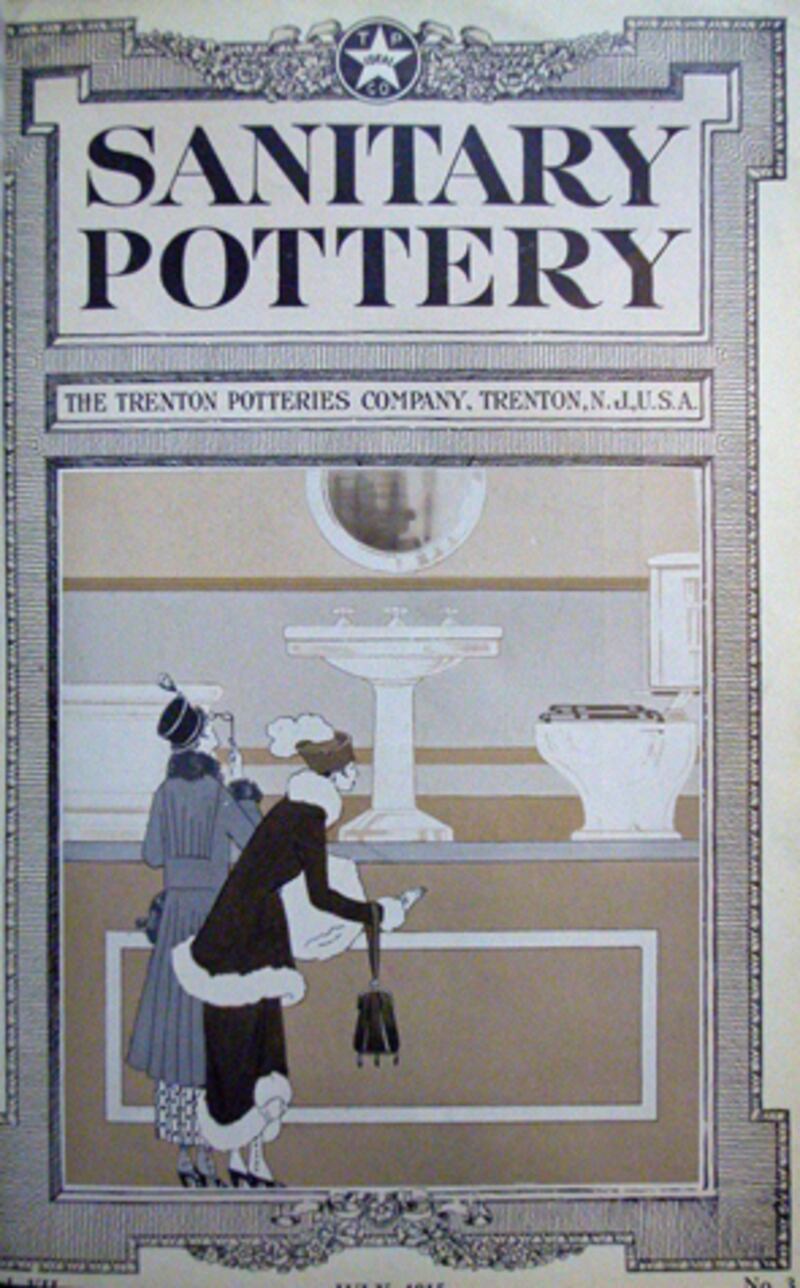
The cover of Sanitary Pottery magazine, from July 1915, shows fine, fashionable ladies delighting in ceramic bathroom fixtures – falsely described as "porcelain" to give them extra prestige.
NYPL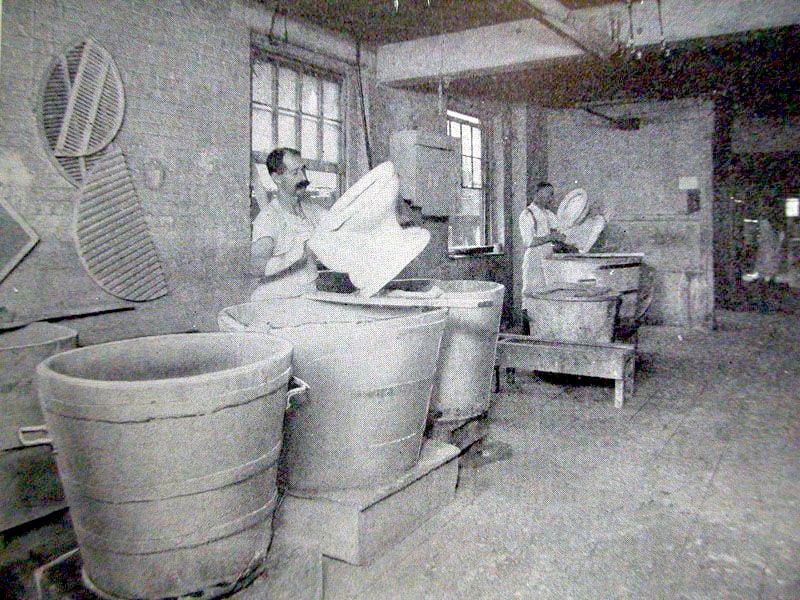
Workers at the Trenton Potteries Company in 1909, using craft skills to turn out high-end ceramic toilets.
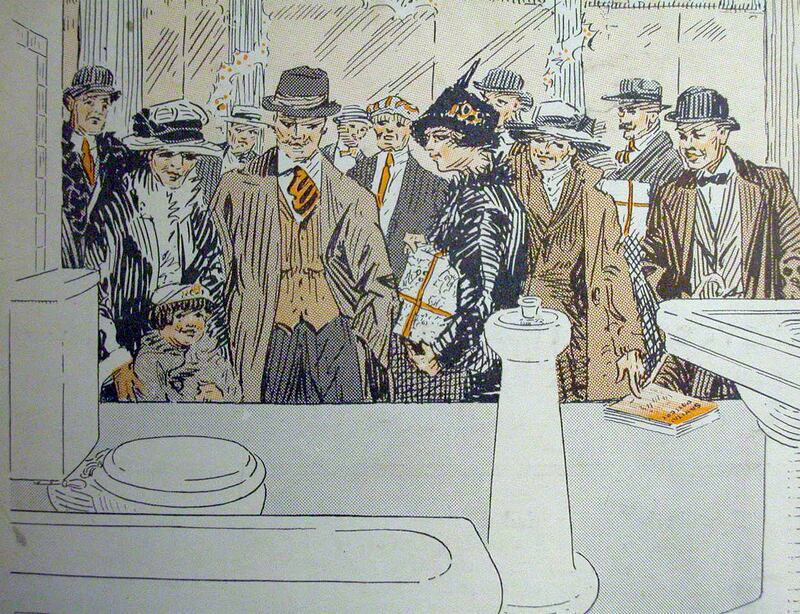
The cover illustration for the December 1916 issue of Sanitary Pottery magazine presents a plumbing display as a wondrous attraction for well-heeled shoppers.
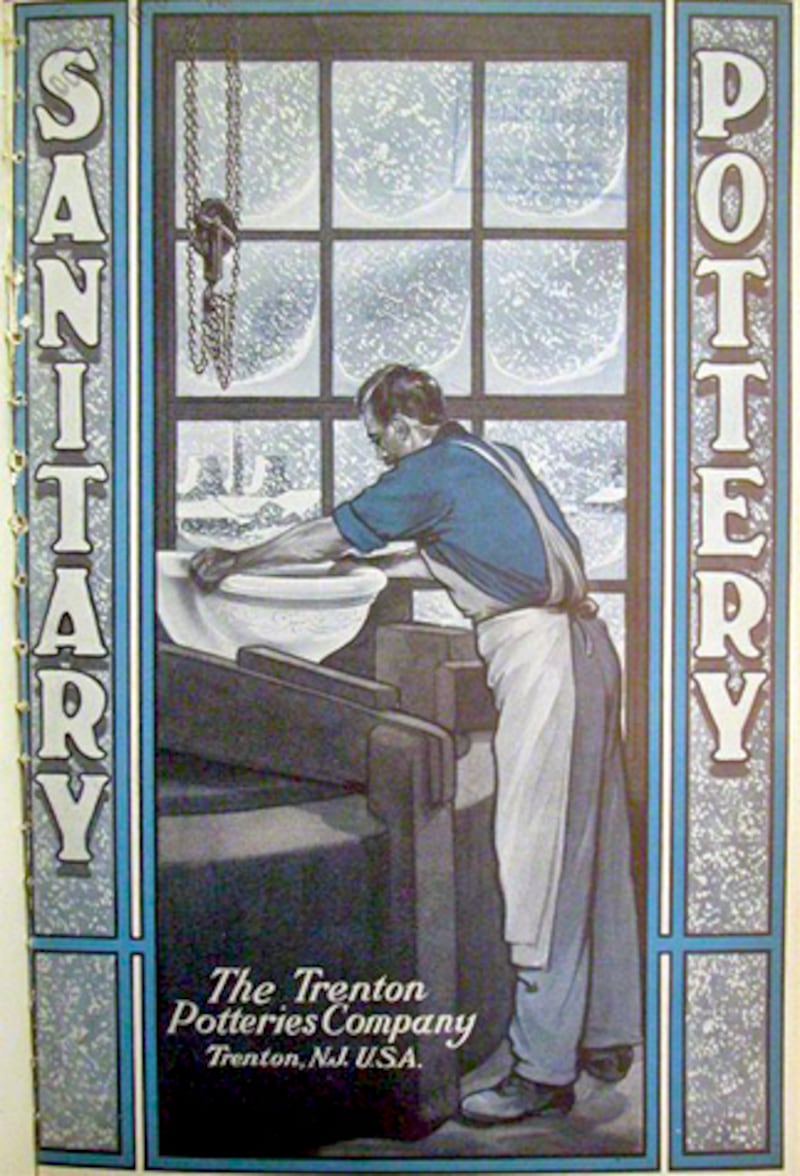
The cover for the February 1910 cover of Sanitary Pottery magazine portrays a maker of ceramic toilets as a traditional craftsman laboring alone in his workshop – and leaves out any hint of mass-production or factory work.
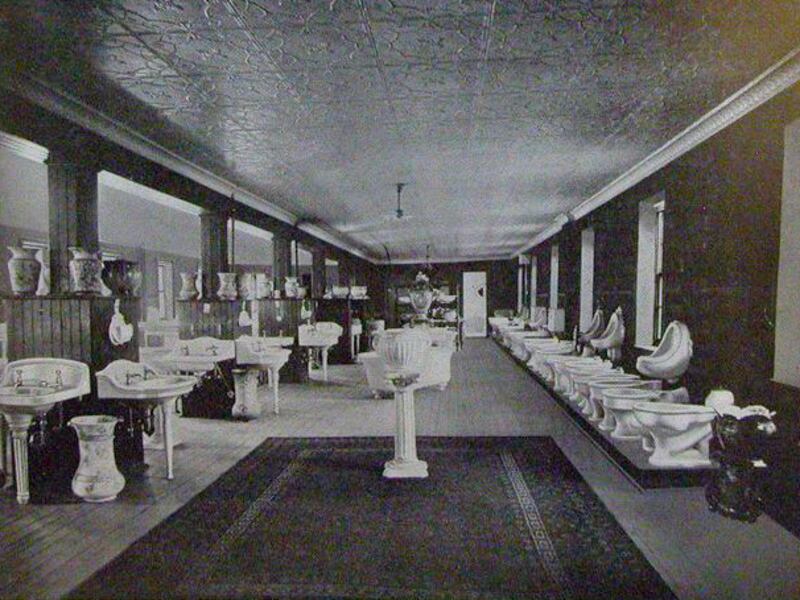
A 1909 photo of the showrooms of the Trenton Potteries Company presents the firm's wares as worthy of Persian carpets.
NYPL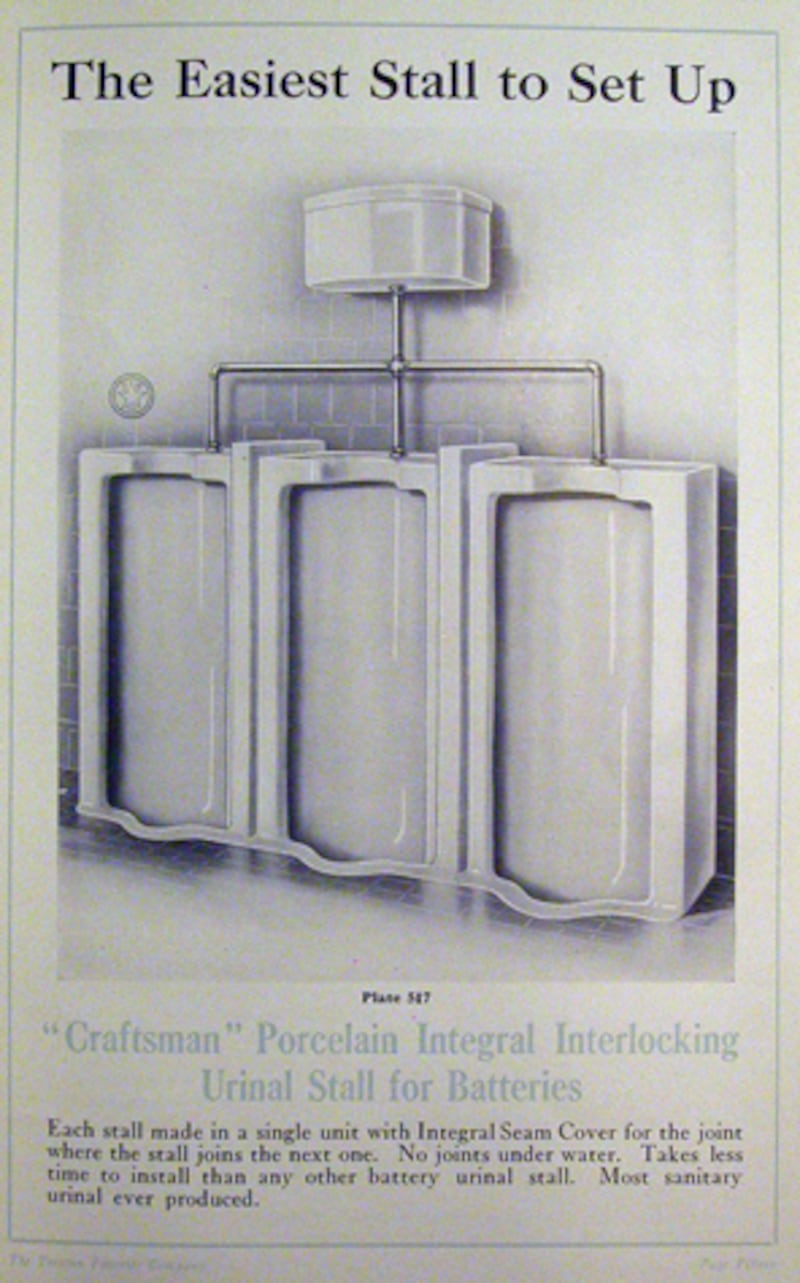
In 1914, a suite of urinals was branded as "Craftsman" products, linking them to the high ideals of the Arts and Crafts movement.
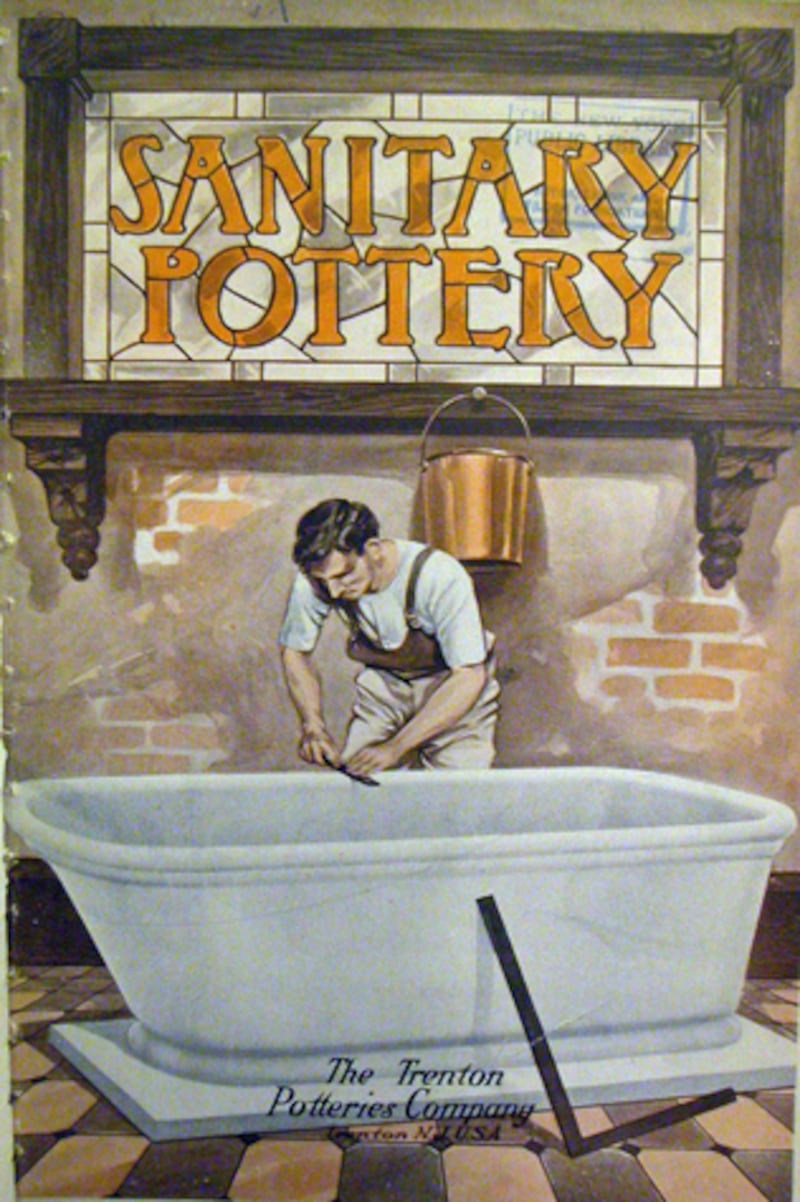
In April, 1910, the cover of Sanitary Pottery magazine featured a lone worker hand finishing a fine bathtub. This was more than just propaganda: At this date, "porcelain" bathroom fixtures still required hand labor to make. The production process was challenging, and some products had a high failure rate.
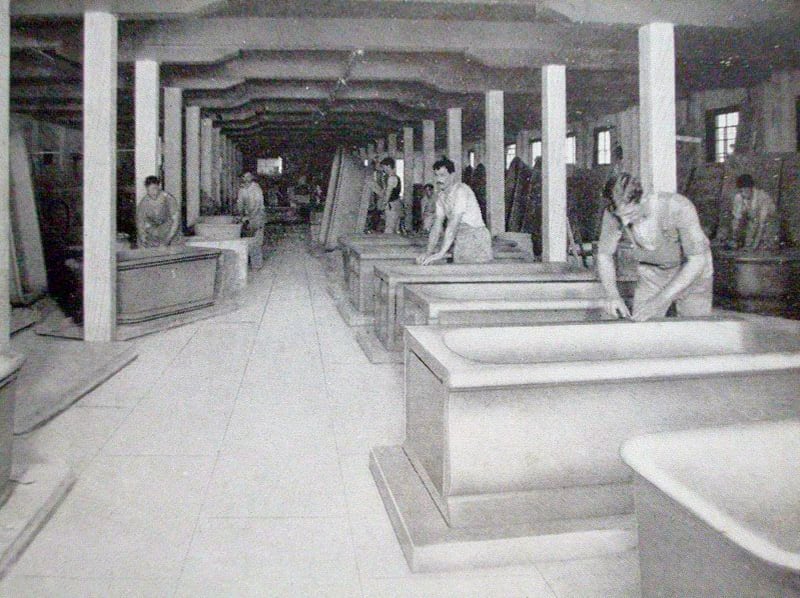
Workers hand-crafting bathtubs at the Trenton Potteries Company in 1910.
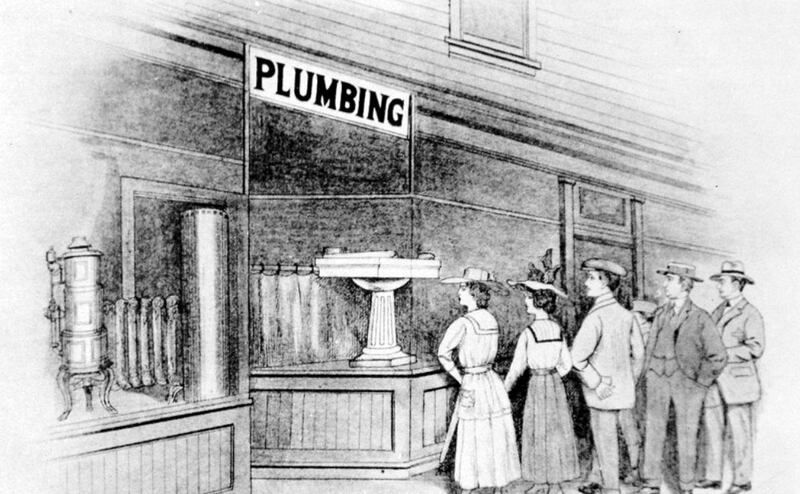
“In the slum of New York City, I saw a lavatory as the entire window exhibit, but it was a puller, as the denizens of that quarter stopped by
the scores to look at it,” said a writer for The Plumber’s Trade Journal, in September 1917.
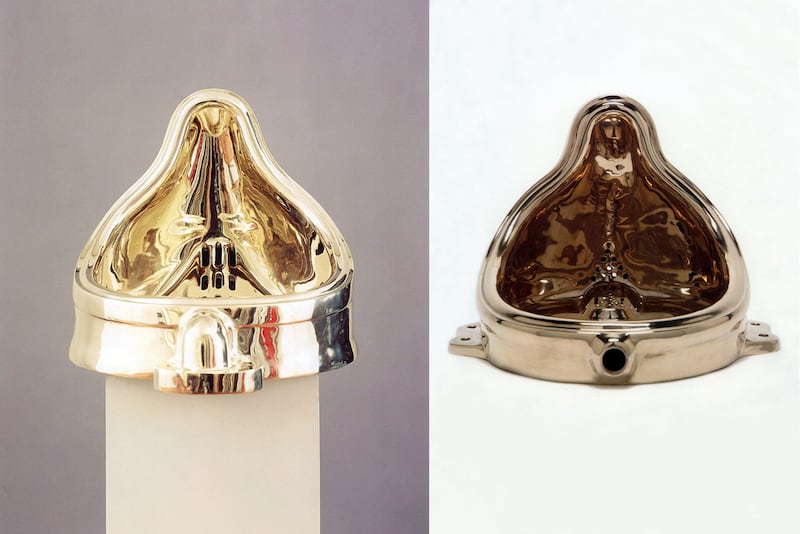
“Fountain (Buddha)”, from 1996, and “Fountain (Madonna)”, from 1991, works by Sherrie Levine that riff on Marcel Duchamp. By gilding Duchamp's "Fountain," Levine unwittingly brought the urinal closer to its original status as an elite cultural object.

